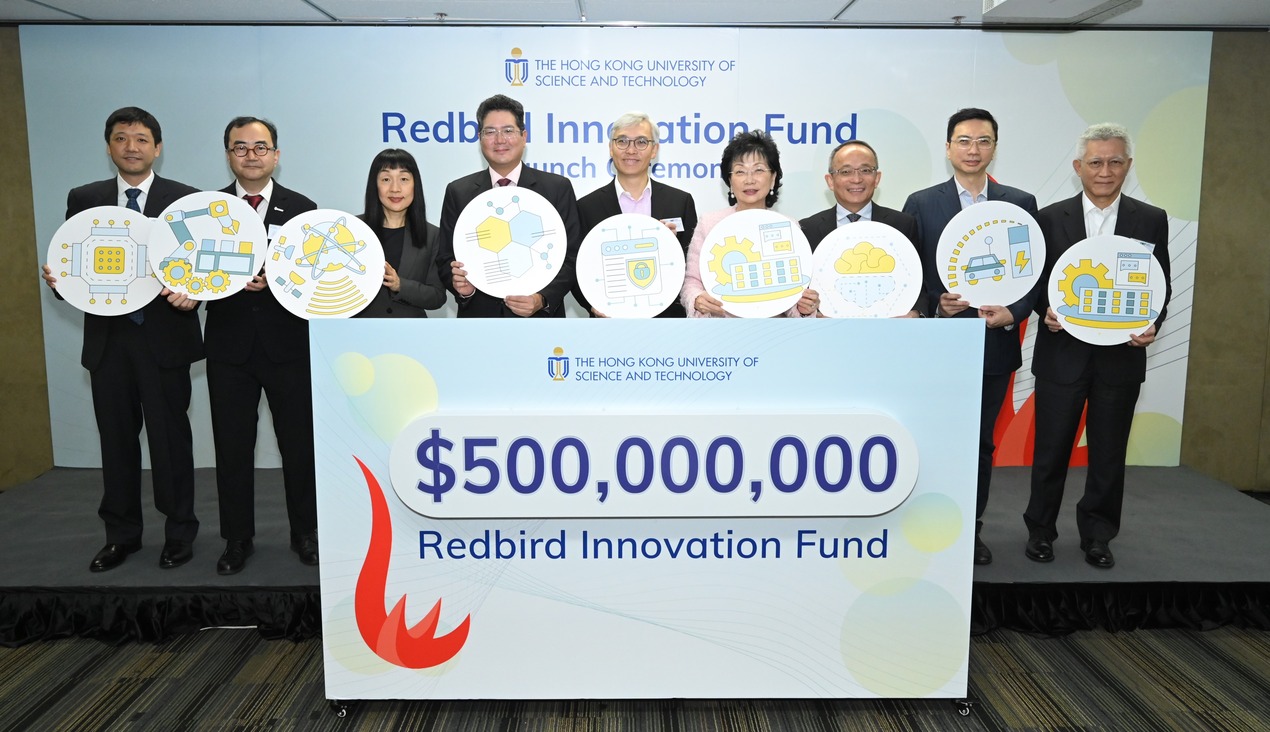
|
Getting your Trinity Audio player ready...
|
One of the main challenges in addressing digital copyright infringements is the ability to detect and effectively combat such violations. Advanced technologies enable digital piracy and unauthorised content distribution through increasingly complex and difficult-to-monitor methods. Therefore, collaboration between the government, private sector, and relevant institutions is essential to develop efficient solutions and enforcement strategies to tackle these challenges.
Josefhin Mareta, a researcher at the Centre for Legal Research of the National Research and Innovation Agency (BRIN), revealed that there are still many digital copyright infringements in Indonesia. Examples of such cases include copyright violations of books in digital formats, such as scanning for e-books, file sharing, and unauthorised sales in online marketplaces. Additionally, there are copyright violations in digital music or songs, such as uploading cover songs to social media platforms without the copyright holder’s permission and bootlegging, such as recording concerts or performances on TV/film for personal or commercial purposes.
Copyright infringement refers to the unauthorised utilisation of copyrighted materials without the consent of the creators, holders, or authors. It constitutes an act of dishonesty and a breach of the economic and exclusive rights of the creators.
According to Josephine, the Indonesian government has taken several measures to address these issues, including actions by the Directorate General of Intellectual Property (DJKI) and the Ministry of Communication and Information Technology (Kemenkominfo). These agencies have attempted to create joint regulations requiring monitoring or blocking content or access rights for individuals who violate copyright.
However, in investigating such violations, the bureaucracy is still intricate. The complainant must submit several requirements, such as documentary shreds of evidence, to prove that the item in question is being sold illegally, for example, on an e-commerce platform. Despite these efforts, various issues persist, such as the presence of digital literary works related to copyright.
Josefhin expressed that the relevant laws still need a clear definition of literary and digital works. This ambiguity extends to books, music, performances, and other forms, raising questions about how the public can distribute the creator’s royalties using digital works.
Further, Josefhin added that literary works have evolved from physical to digital forms over time. She explained that this evolution reflects significant changes in how humans convey, consume, and interact with information.
In light of this, Josephine explained that there are two approaches regarding copyright violations. First, substantial duplication refers to replicating the core elements of a copyrighted work. It should be noted that there are legal limitations, indicating that this prohibition does not encompass the entire work or a substantial part of it. Moreover, duplication is acceptable if accompanied by actions that do not harm the reasonable interests of the creator or if there is an agreement among all parties involved.
The second approach involves a “causal connection,” where events or previous works inspire a newly created copyrighted work. In other words, there is a traceable connection between the work being made and a work produced at some point in the past.
To elaborate further, Josefhin mentioned three restriction methods to prevent misuse when someone uses another person’s work without permission:
- Based on specific conditions or cases, an individual can sometimes use someone else’s copyrighted work without permission.
- Duplication should not conflict with the normal exploitation of the owner or copyright holder. It relates to the substance of the work.
- It should not diminish the legitimate interests of the creator.
Josefhin reiterated these points, emphasising that copyright violations are not a new phenomenon in Indonesia. With the rapid and massive digital developments, the government has to conduct regulations to prevent and oversee copyright infringement and avoid harm to any party.
“Creating works is a challenging process, but for many individuals, it serves as a means to earn a living. We must recognise and value this effort,” she concluded.
















